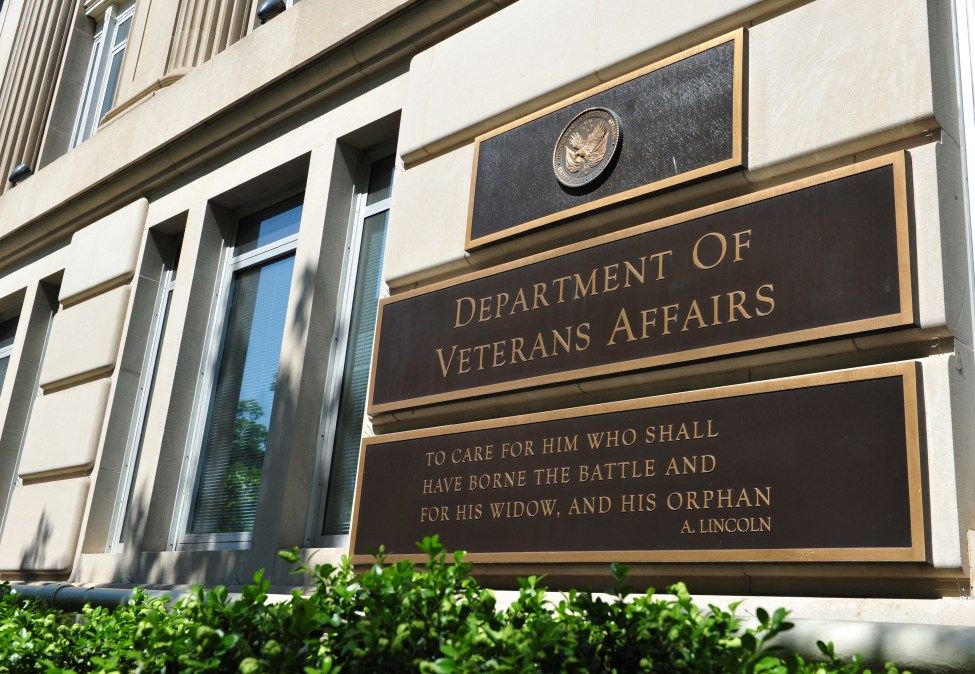VA facilities faced ‘technology barriers’ in importing medical records, watchdog finds

Numerous Veterans Health Administration facilities experienced challenges properly importing medical records due to the technology — or lack thereof — often used by staff, according to a new watchdog report.
In a report published Thursday, the VA’s Office of Inspector General found “technology limitations” — from outdated tech to underutilized digital tools — delayed some facilities in uploading veterans’ medical records to the VA’s Electronic Health Record system.
The delays or lack of access to medical records could “jeopardize veterans’ health outcomes and lead to duplicative or delayed care or missed appointments,” the OIG warned in the 52-page report.
In an analysis of 134 facilities, the OIG found that 56 did not complete the importing of veterans’ medical records within three days of receiving them from third-party community care providers.
While the records are supposed to be scanned within three days, 45 facilities took up to two weeks, while 11 scanned the records more than two weeks later, per the report.
The medical records not uploaded on time became part of the facilities’ backlogs, increasing the chance clinicians would not have access to the proper documents to review when needed, the watchdog said.
Non-VA community providers have various options when sending visit records back to the VA, including electronic fax or email, digital portals like the HealthShare Referral Manager or Veterans Health Information Exchange, or giving the facilities direct access to their systems.
The OIG’s review found the largest number of records came back to VHA facilities through electronic fax systems, which the watchdog called “inefficient.” Five facilities reported issues with the electronic fax system, with one stating it was often down and another saying the issues led to duplicate record requests and increased processing time.
Meanwhile, other facilities with higher rates of EHR data imports said they turned to community providers’ portals or the Veterans Health Information Exchange — an online platform where health providers can electronically share a patient’s medical information.
“Using providers’ internet portals enabled VHA staff to retrieve the records when ready without making any requests to the community provider to send the records, which reduced the number of electronic faxes sent and received and thus eliminated the inefficiency related to electronic faxes,” the report stated.
Furthermore, while community provider staff have the option for another online processing system called the HealthShare Referral Manager, VHA said many did not use it due to “too many requirements,” making it difficult to access.
The watchdog recommended the VHA’s acting undersecretary for health evaluate ways to increase use of private electronic records portals and consider use of implementing technologies to reduce the manual processes involved.
The VHA’s acting undersecretary for health agreed with these recommendations and the relevant offices are looking into ways to increase use of providers’ electronic record portals and use of “advanced technology.”
The OIG’s other findings looked into how often staff properly used the Consult Toolbox, the software used to track the documentation and workflow steps for VHA staff involved in the consult and records retrieval process.
The toolbox was not consistently used properly, the watchdog found, with staff in some facilities failing to mark when records were received. The analysis showed nearly 630,000 of about 2.4 million consults were not marked as received, even when they were already imported into the EHR.
“Correctly inputting information into the Consult Toolbox is critical to know which consults still require follow-up actions to retrieve the medical records and which have had records returned,” the report stated. “The team found the Consult Toolbox did not have enough controls to ensure staff input information consistently and correctly.”
The OIG recommended that the VHA undersecretary for health include additional controls for the toolbox to prevent errors and improve data, along with reviewing which staff should have access and update the toolbook when records are received.
The VHA undersecretary for health said the agency will evaluate staff access and update guidance in response.






